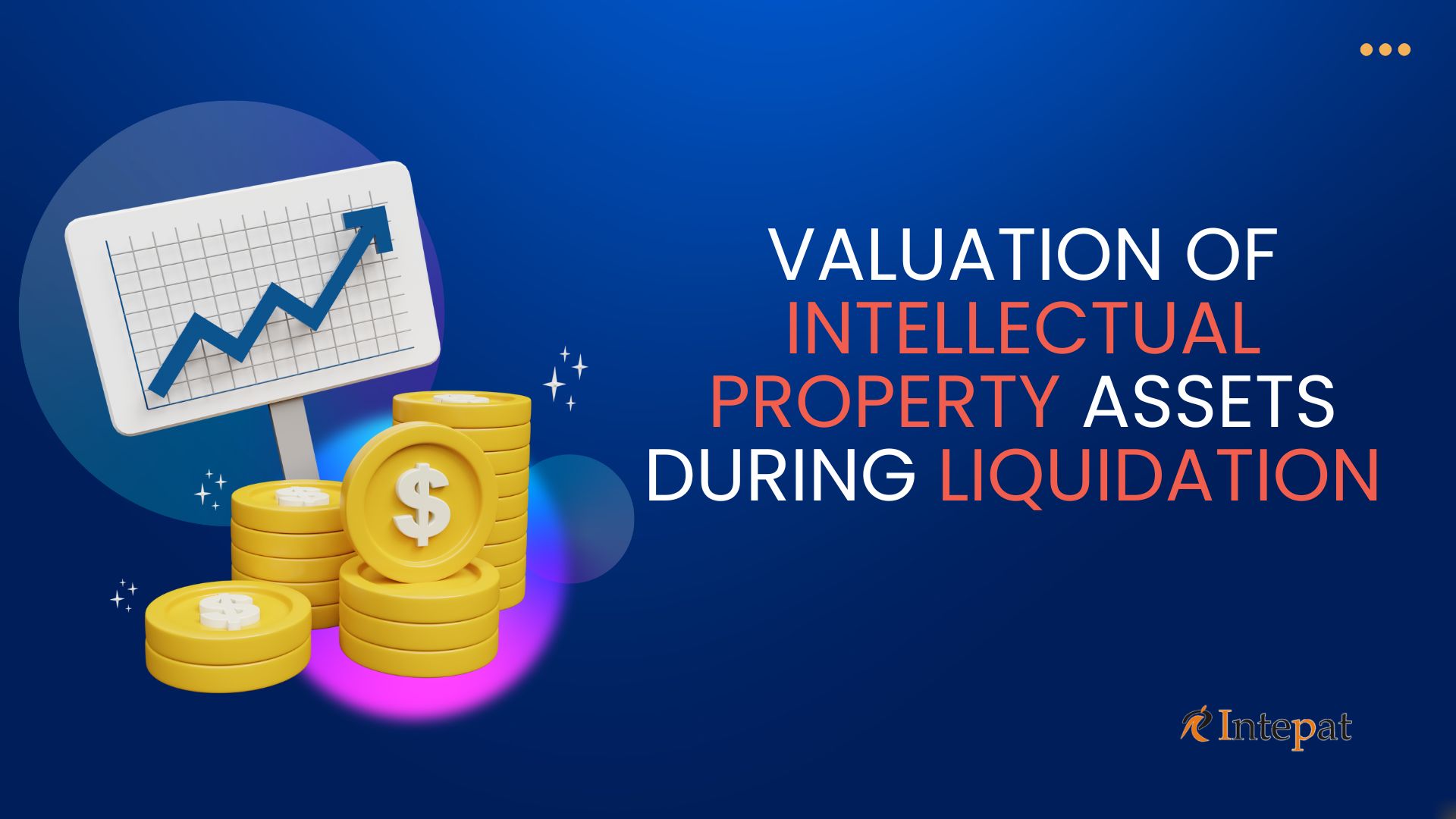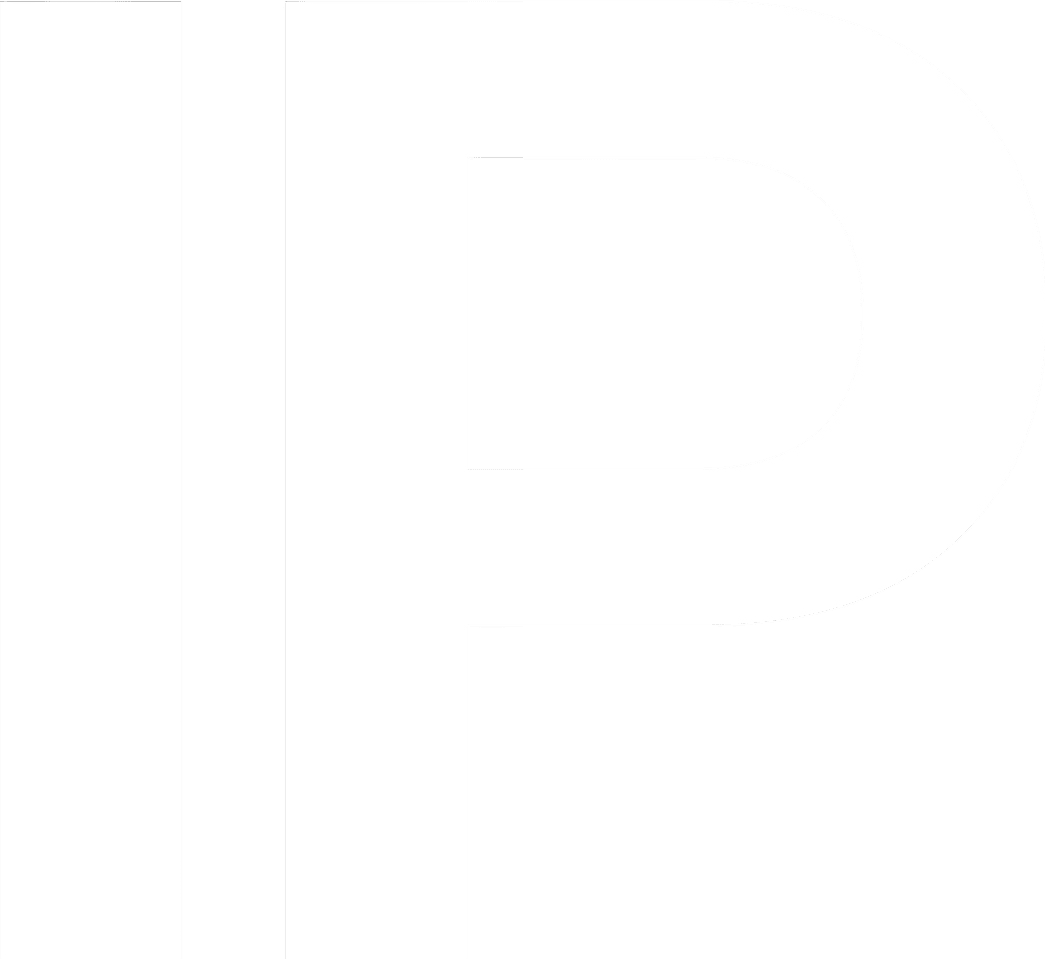
With the rise in businesses developing more IP-driven assets, such as patents, trademarks, copyrights, and trade secrets, accurately assessing their value becomes essential, especially during corporate liquidation. The need for IP asset valuation is particularly pronounced in sectors such as technology, pharmaceuticals, and consumer goods, where IP-intensive assets often constitute the foundation of corporate value. Without precise valuation, IP assets may be sold at a fraction of their true worth or even discarded, impacting both the organization’s recovery potential and allocation of equitable interest to creditors, detrimentally effecting broader market perceptions and confidence in liquidation process. Conversely, accurate IP valuation can unlock hidden asset value, potentially enhancing returns for creditors, preserving brand equity, and even enabling opportunities for business revival.
Governing laws
In India, intellectual property (IP) asset valuation during liquidation is primarily governed by the Insolvency and Bankruptcy Code, 2016 (IBC), which establishes procedures for insolvency resolution and asset liquidation, including intangibles like IP. The IBC, specifically Section 36, includes IP assets as part of the liquidation estate, ensuring that all assets, tangible and intangible, are considered in the distribution of proceeds. Sections 52 and 53 of the IBC define the hierarchy of creditors and stakeholders in terms of payout, guiding how proceeds from the sale of IP assets are allocated.
To standardize asset valuation, the Companies (Registered Valuers and Valuation) Rules, 2017, established under the Companies Act, 2013, require that only certified valuers—professionals with specific training and qualifications—conduct asset valuations. Valuers specializing in intangible assets must follow these rules and are accountable for providing objective and transparent IP valuations during liquidation. Additionally, the Indian Patent Act, 1970, Trade Marks Act, 1999, Copyright Act, 1957, and other IP laws outline the protections and proprietary rights that affect an IP asset’s value, helping valuers assess market and legal factors during liquidation
India currently lacks dedicated IP valuation standards, unlike countries such as the U.S. and U.K., which implement frameworks like the International Valuation Standards (IVS) and the Uniform Standards of Professional Appraisal Practice (USPAP).
The IVS, developed by the International Valuation Standards Council, provides a comprehensive set of standards for valuing a variety of assets, including IP. Key features include standardized definitions, valuation approaches, and quality control procedures, which enhance transparency and consistency in valuations. Implementing similar standards in India would improve comparability and reliability, crucial for liquidations where asset values significantly impact creditor recovery.
The Uniform Standards of Professional Appraisal Practice (USPAP), established in the United States, provides a comprehensive framework that ensures appraisers adhere to rigorous ethical standards and qualifications vital for accurately valuing intellectual property (IP) assets. By emphasizing professional competence, USPAP requires appraisers to understand the unique complexities of IP valuation, including legal nuances and market dynamics. A key feature of USPAP is its stringent documentation and disclosure requirements, which enhance transparency in the valuation process. These mandates compel appraisers to deliver clear and detailed reports that outline methodologies, rationales, and assumptions, minimizing subjectivity and fostering trust among stakeholders, including creditors and investors. By providing insights into an IP asset’s market, income potential, and replacement costs, USPAP helps stakeholders make informed decisions based on reliable data. Furthermore, its implementation promotes consistency across the profession, enabling comparability of valuations across appraisers and jurisdictions. As businesses increasingly rely on IP assets for competitive advantage, adherence to USPAP enhances the credibility of appraisals and supports the integrity of the marketplace, ultimately contributing to more equitable outcomes in liquidation and insolvency scenarios.
By adopting similar standards, India could create a structured, transparent IP valuation process, ensuring fair and accurate valuations that align with international practices. Standardizing these practices would help professionals adapt global methodologies to Indian market conditions, enhancing confidence among stakeholders and promoting a fairer distribution of proceeds during liquidation.
Methods to determine value of IP assets
There are three primary methods of evaluating IP assets in India during liquidation—Income, Market, and Cost approaches. For example, in the case of a pharmaceutical patent for a patented drug with a remaining lifespan of 8 years, projected to generate revenue, and with similar patents recently sold in the market:
- The Income Approach- values IP based on the future economic benefits it is expected to generate. This revenue can come from direct sales or royalty payments if licensed to another company. Assume the drug is expected to generate ₹10 million annually and an appropriate discount rate in the industry being 10% Hence, the patent’s NPV might be calculated to ₹55 million.
The Income Approach is highly effective for IPs with predictable income, such as patents or trademarks with established market presence. However, it may be less useful if future income projections are uncertain or volatile.
- Market Approach– values IP based on comparable transactions of similar IP assets. Assume, similar pharmaceutical patents have sold for an average of ₹50 million. This serves as a benchmark, which is then adjusted based on the unique attributes of the drug in question, such as therapeutic effectiveness, regulatory exclusivity, and market demand. After adjustments, the patent may still approximate to ₹50 million, based on market demand.
The Market Approach is most useful when reliable comparable sales data is available, typically for widely used or well-documented IPs. It may be challenging to apply if data on comparable IP sales are limited, as is often the case in developing markets or for niche, innovative products.
- Cost Approach– values IP based on the cost to recreate or replace it. For the patented drug, this approach would consider the costs involved in R&D, clinical trials, and regulatory approvals necessary to bring a similar product to market. Assume the cost to replicate the drug’s patent is ₹30 million.
The Cost Approach is useful when other data is scarce or when valuing early-stage IP with less established income or comparables. It may undervalue highly marketable IPs, as it ignores future revenue potential and competitive market advantage.
- Combined Valuation Method- To achieve a balanced valuation, a combined approach can integrate the strengths of each method, providing a more comprehensive view. In our example, this yields: 45 million. (average of all three methods)- when each method projects prominent drawbacks and application of a sole method would render massive undervalue or inflated value.
Case study: The Videocon Insolvency case
The Videocon insolvency case highlighted significant complexities in valuing a large and diverse IP portfolio under financial distress. Videocon, with IP assets across consumer electronics, home appliances, oil and gas, and telecom, held trademarks, brand names, patents, and copyrights. However, its declining market value and brand reputation created challenges in estimating accurate values for these intangible assets, especially amid insolvency.
Traditional valuation methods faced limitations. The Market Approach—relying on comparable sales data—was difficult to apply due to the lack of similar IP transactions in India, particularly across such a broad range of sectors. The Income Approach, estimating future earnings, was hindered by the uncertainty around Videocon’s operational future and ongoing revenue streams. The Cost Approach, focusing on recreation cost, proved less effective for intangible assets like brand reputation and customer goodwill, as these values were challenging to quantify.
To overcome these obstacles, valuers likely combined several methods, including Discounted Cash Flow (DCF), royalty rate analysis, and limited comparable transaction analysis. They factored in the brand’s historical strength, market position, and potential for future licensing. However, the ultimate valuation of Videocon’s IP assets was also heavily influenced by factors like the bidding process and creditor priorities. The valuation affected creditors and stakeholders directly; creditors experienced reduced recovery rates due to potential undervaluation of IP, and the limited valuation reduced Videocon’s appeal to potential investors. Consequently, this case underscored the need for improved IP valuation standards in India, showing how fair valuation practices could better protect stakeholders and optimize recovery in insolvency scenarios.
Challenges and potential modes to overcome
Valuing IP assets during liquidation in India presents significant challenges due to limited data on comparable IP transactions, making the Market Approach difficult to apply. Additionally, the scarcity of IP valuation professionals with specialized expertise often leads to inconsistent assessments, particularly for patents or unique trademarks. The absence of standardized practices results in frequent undervaluation, impacting creditor recovery and reducing investor confidence. These issues stem from both the lack of accessible transaction records and limited professional resources dedicated specifically to IP valuation in a complex and dynamic market.
To address these challenges, India can develop a structured IP valuation framework by adapting elements from IVS and USPAP. This includes mandatory qualifications and training such as an IP valuation certification program to ensure that valuation experts are trained in IP-specific methods, equipping them to handle the complexities of IP valuation consistently and ethically.
Setting up a national IP transaction registry would provide a centralized database of IP sales and licensing transactions, aiding in the Market Approach by offering readily available benchmarks for comparable valuations.
Incorporating AI-driven predictive analytics could further enhance the Income Approach by generating more accurate revenue projections based on real-time market data and historical trends. Such technology could also assess industry risks more precisely, resulting in better-informed discount rates and cash flow models. To ensure quality, creating a professional oversight body for IP valuation would monitor adherence to best practices and encourage transparency in valuation processes. Adopting these solutions would strengthen India’s IP valuation framework, ensuring fairer, more accurate assessments that foster confidence in liquidation proceedings and align with global valuation standards.
In conclusion, the valuation of intellectual property assets during liquidation in India is a complex but critical process that significantly impacts creditor recovery and the broader market landscape. As businesses increasingly rely on IP-driven assets, the need for standardized valuation methods becomes paramount. Despite the challenges posed by a lack of comparable data and trained professionals, employing a combination of valuation approaches—income, market, and cost—can lead to a more accurate assessment of these intangible assets. By enhancing regulatory frameworks and adopting best practices, India can ensure fair valuations that recognize the true value of IP, ultimately fostering confidence in the liquidation process and supporting economic recovery.
Written by Vriti, a legal Intern @Intepat IP
